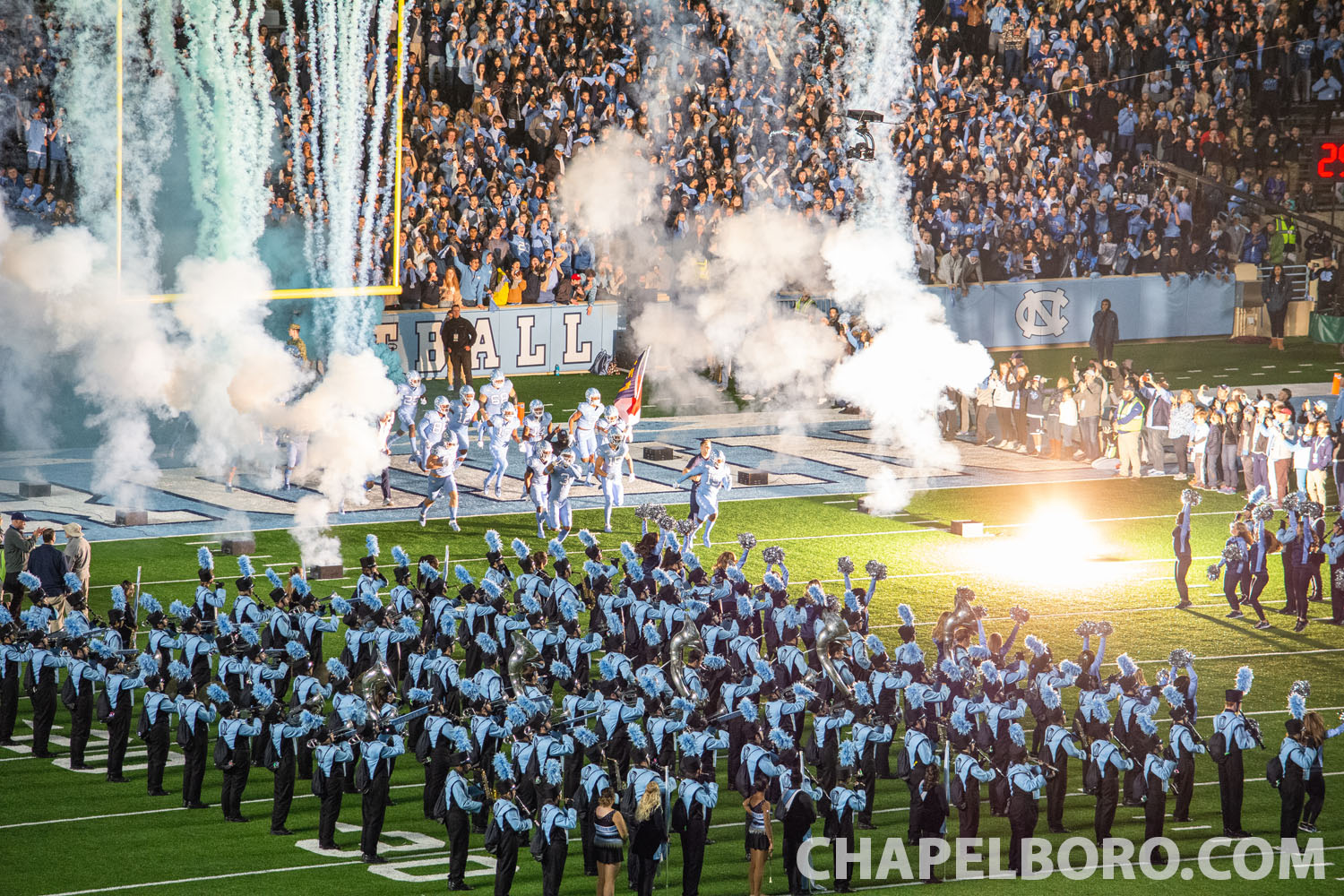As state restrictions continue to limit restaurants’ dine-in capacity, and concerns about the spread of COVID-19 remain prominent, many people are relying on delivery service apps to get meals from their favorite local restaurants.
Since COVID-19 lock-down orders were issued across the U.S. in mid-March, consumers shifted to ordering their meals through food-delivery apps like Grubhub, DoorDash, Postmates and Uber Eats.
Despite their popularity, these food-delivery services have come under increased scrutiny during the pandemic for the steep fees they charge restaurants.
Kristian Bawcom is the Owner of Four Corners in Chapel Hill. He said the average diner needs to understand that it makes a big difference whether or not they use a third-party food delivery service or pick up a meal themselves.
“All of these delivery services take almost 30 percent of the total sale for themselves,” Bawcom said. “You’re already operating on such thin margins and then you throw that in the mix and it’s brutal.”
While the coronavirus pandemic has wreaked havoc on businesses ranging from cruise lines to movie theaters to restaurants, food-delivery companies are thriving as the country shelters in place.
This June, DoorDash said that it raised $400 million dollars – now valuing the company at nearly $16 billion dollars. Sales for meal delivery services through the end of May 2020 more than doubled, compared to the previous May of 2019, according to data from analysis company Second Measure.
But while the orders keep rolling in for these apps, local restaurants are feeling the losses.
“So we see this huge increase in to-go business, but you wish that people would just do curbside pickup instead,” Bawcom said.
Throughout the pandemic, Bawcom said he is already having to shell out more money – whether it’s to buy things like to-go containers or to keep his restaurant up to CDC safety standards. So, whatever money is lost to these delivery services is critical.
“It’s stressful for small businesses and restaurants, because not only are you trying to survive but you’re trying to keep your staff and your customers safe,” Bawcom said.
Without restrictions on delivery fees, restaurants typically pay between 15 to 30 percent on orders placed with delivery providers. The big issue with this business model, which the pandemic has exacerbated, is how these apps generate the bulk of their revenue: charging high fees to small restaurants.
Just before the onslaught pandemic Grubhub acknowledged that it makes more money from independent restaurants and small chains. A February 2020 shareholder letter explained that a typical order from an independent restaurant that uses Grubhub for marketing and delivery generates $4 dollars of profit for Grubhub, while an order from a national chain generates $0 dollars.
“You see the increase in business and you’re grateful it’s there, but it’s like you’re just paying Uber Eats and these delivery places,” Bawcom said. “You’re helping them make money, but not yourself.”
In response to these high fees, cities across the country have placed caps on how much delivery apps can charge restaurants for their services. In big cities like Seattle, Washington, D.C. and San Francisco, emergency orders have been enacted to limit what delivery-service companies can take to 15 percent.
However, Bawcom said that’s not enough. He said change needs to come from the food-delivery industry – especially as local restaurants continue to fight tooth and nail to make it to the other side of the pandemic.
“They’re not working with the small businesses at all,” Bawcom said. “It’s really tough to really appreciate these delivery companies because they’re doing nothing for us.”
Chapelboro.com does not charge subscription fees. You can support local journalism and our mission to serve the community. Contribute today – every single dollar matters.









